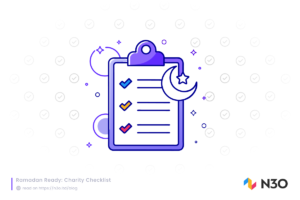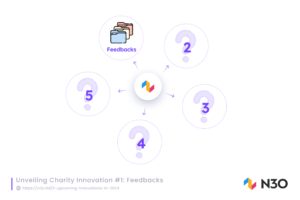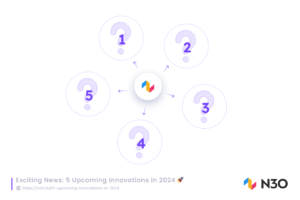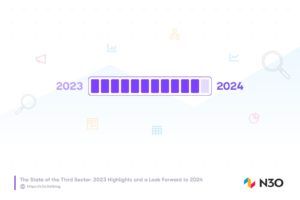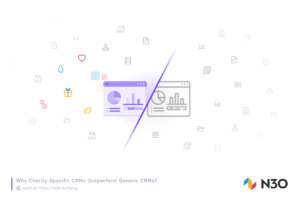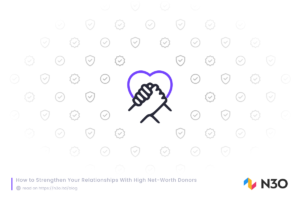CRMs are talked about constantly in the charity sector. CEOs and executives know they need one, but sometimes they don’t necessarily see why.
We wanted to make this easy and peel away some of the ways a charity centric CRM can transform your organisation.
In this article we’ve highlighted the key drivers of where a CRM software adds real value. They vary across different themes, but we’ve narrowed it to the following:
- Enhanced Income
- Cost savings
- Strong Reputation
- Operational Excellence
We hope it’s of benefit and feel free to give us your feedback/comments on any points you may have!
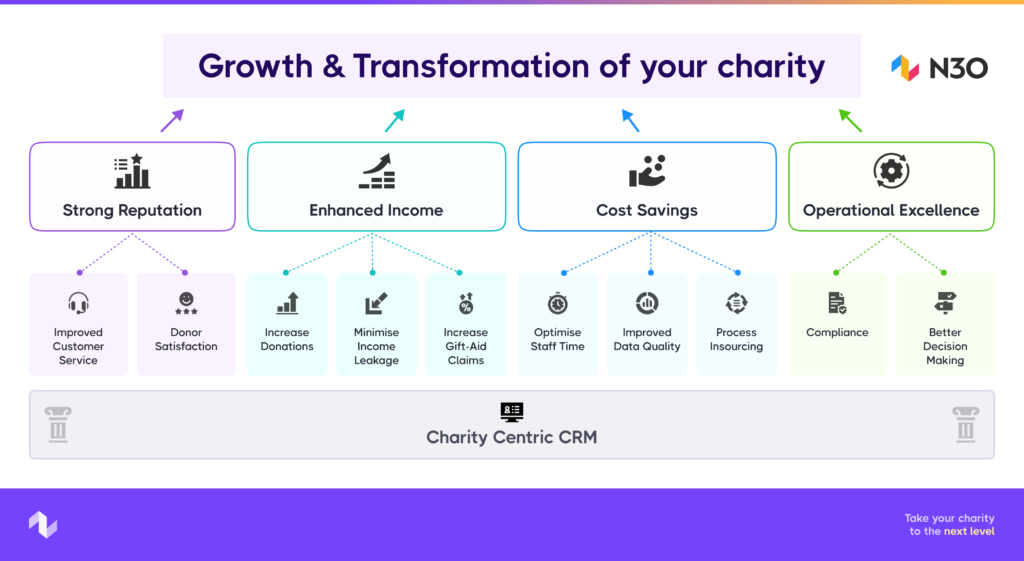
Enhanced income
Increase your donations
Considered to be one of the main benefits of a charity CRM, increased fundraising is a top priority. A system helps consolidate donor data, facilitate fundraising initiatives and more importantly, use data to drive key actions.
Below are some examples of how a Charity CRM can drive fundraising;
- Generate a report of High-net-worth donors (who have donated £1,000+) to target for a large project fundraiser. Targeted and efficient.
- Send an SMS to people who live within a 50-mile vicinity of your local event. Go the extra mile and give longstanding donors extra care from the moment they register arrival.
- Send a fundraising email for a school rehabilitation project to people who gave donations to all your education projects over the last 3 years. Tap into donor’s passions and replicate this across all your different project types/themes.
- Automate correspondence to donors who have entered into the final month of their year-long direct debit. Call centre staff to renew before the sponsorship expires (if it’s traditionally £360 p/y, then renewing just 30 people per month equates to £129,600 of recouped donations over a one year period!).
- Conduct an outbound call-centre campaign from your own office for the period of winter for example. Generate a call list of people who have donated in the past 2 years only and with phone consent provided.
- And more…
The list is endless. Depending on your charity and its objectives, a CRM allows you to dive deep into the data you have collected. The key here is that the greater the 𝗾𝘂𝗮𝗹𝗶𝘁𝘆 of data captured, the more innovative you can be. This is what separates different CRM’s in the market.
Increase Gift Aid claims
An automated system calculates which donations are Gift Aid eligible and will automatically create a report or integrate with HMRC to collect your donations.
An example from our experience was with a medium-sized charity that had not claimed Gift Aid for 9 months due to information issues. However, after an initial clean-up, a targeted Gift Aid telephone campaign and automating processes, they were claiming an additional £3,000 a month compared to previous submissions.
As an extension to the above point, automatic claims allow you to increase the frequency by which you make claims ensuring a predictable cash-flow.
Another medium sized charity makes claims periodically, ensuring a steady revenue stream of £23,000+ a month, receiving funds within 5-6 days of submission.
Pro tip: For donors who haven’t specified their Gift Aid eligibility, UK charities can initiate a targeted ‘Gift Aid/Tax relief’ outbound campaign (e.g. for those donors unspecified in your CRM). This increases recently claimed donations up by 25% as well as future donations. This could be via a multi-coordinated telephone, email and SMS campaign to catch donors who may have fallen through the net.
Minimise income leakage
A system fully integrated with your payment gateways (e.g. Stripe, GoCardless etc.) can provide valuable information.
You get advanced, real-time insights on any failed payments, cancelled cards or expiring sponsorships which can save significant income leakage.
Using a CRM, a client’s donor care team was able to recoup approx. thousands of pounds purely by chasing up expired sponsorships and direct debits. Without this data at one’s fingertips, it’s very hard to coordinate.
Cost savings
Optimise staff time
We have found from experience that organisations with fully functioning CRMs are able to save the time of a number of FTE staff (full-time equivalents) by releasing them from manual tasks. Alternatively, these employees can be re-assigned to other roles which develop the organisation.
If we assume a staff member manually dealing with databases, Gift Aid claims or managing sponsorship programmes is taking a salary of between £23,000 – £35,000, depending on the size of the organisation. Then this is an immediate cost-saving to the organisation.
We assisted one organisation managing the administration for an orphan sponsorship programme (handling thousands of orphans) with just two staff due to system automation. We have heard of similar sized-programmes being managed by 4 or 5 staff elsewhere as they are manually creating feedback reports or involved in considerable data manipulation. This saving on payroll due to automation can be anywhere from £50,000 – £60,000 per year.
Improved data quality
We know the adage – It costs 5 times more to bring a new donor than retain a current one.
A large part of this is having mechanisms to capture/retain ALL the latest data you have on a donor.
Importing data accurately whilst avoiding duplications, losing key information etc. can significantly save donor attrition.
For example, a missing email address results in the donor not receiving a prompt to donate again. A missing phone number prevents your outbound team from taking a phone donation during a campaign.
Imagine the average donor lifetime value (DLV) to be between £1,000 and £2,000 as indicated in some studies. For every donor not imported into your system for follow up is a potential £1,000 lost. If this is compounded across hundreds of donors, the impact would be substantial.
We estimate 15% of donors are lost per year due to the lack of an effective CRM. With the average industry standard attrition of donors at 55% per year, it is clear there is real scope for recouping donations.
Process insourcing
Outsourcing call centre functions, data cleansing and other activities can be effective but also carry considerable cost. For example, having the ability to internally manage your call centre can save significant cost.
Some charities may outsource their call centres during particular campaigns with a 1:3 or even 1:2 cost to income ratio due to lack of infrastructure. After an internal hardware setup and utilising our charity CRM dialler with temporary contract staff, a client was able to fully operate a centre during key campaigns with minimal cost. With a revenue of £150,000 during that campaign, they achieved a 1:10 return!
There were additional savings incurred for other campaigns during winter and back to school totalling an estimated £100k. Every activity which is outsourced, in most cases, can be implemented effectively with internal staff and tools with a greater return on investment.
Strong Reputation
Donor Satisfaction
Though this metric is less quantitative, maintaining a strong reputation should be a key pillar for all charities. An article by Charity Digital identifies three factors for building reputation;
- Trustworthiness
- Competency
- Values
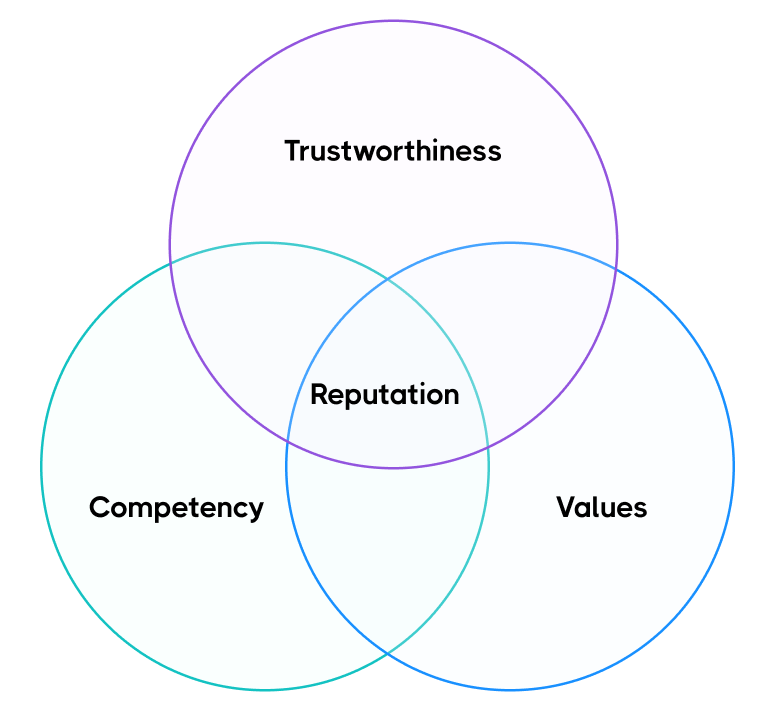
Each of these are inter-connected. But how does a charity CRM help?
Much can be said outside the scope of this article, but a lot comes down to how much you effectively communicate with your donors. Every time they make a donation, are they receiving a personalised receipt? Do you send bespoke thank you letters to High-value donors? Are you providing feedback on the work you do regularly?
A CRM ensures that you are tracking all actions related to the donor and therefore are able to utilise various touchpoints to communicate with them, improving your reputation in their eyes.
However, charity CRM’s also ensure back-end operations run smoothly with robust data. Project teams often rely on fund availability reports from the finance team to decide on how to allocate funds to the charity’s projects. This data traditionally inputs into the organisation via the CRM as all data points need to be captured (the donor, the project type, the project location etc). This data does not just come into stand-alone finance systems like SAGE or XERO without first having to pass through the CRM. The extent to which a CRM can collect and report on this data, determines how useful it is to the rest of the organisation and how competent they become in fulfilling the donors request.
Improved customer service
With so many charities around, providing genuine customer service and showing the donor your professionalism is fast becoming a key differentiator. It’s root comes from exemplifying your competency as an organisation.
How quickly are you able to amend their direct debit if they are struggling financially? Are you communicating any changes which may impact them as a donor to you? Do you remember them when you have events in their local area?
Many charities now establish call centres which allow them to keep a personal touch with their donors as opposed to being restricted to emails. One client launched a ‘Thank you’ outbound call centre campaign just to thank donors for their continued support. These are not just empty gestures, but show you are an exemplary organisation.
Operational excellence
Compliance
Though this metric is less quantitative, ensuring strong compliance should be a key pillar for all charities. As the common saying goes; “It takes years to build a good reputation, but only seconds to destroy it.”
Charities hold considerable donor data. Many will have heard of examples of organisations not having correct processes in place for managing GDPR preferences whilst managing data and so were at major risk of ICO (Information Commissioners Office) involvement and thus fined.
Others can be related to local regulatory frameworks (e.g. charity commission in the UK or the IRS in the US) who may want to see how you manage restricted and unrestricted funds. Institutional funders like the FCDO via the UK-Aid Match scheme for example will want to audit your income to ensure all funds claimed for match-funding are eligible.
There are a plethora of examples. Ensuring both donor and financial data is correct and attributed correctly via a CRM with evidence can save significant financial and reputational damage.
Better decision making
Finally, robust CRM’s provide a wealth of information which can help guide effective decision making.
Analytics on key income sources, campaigns which were successful, orphans dropped off per year etc, all provide key insight into strategic decisions.
Many clients have used the Engage CRM to make structural changes in customer service, departmental budget allocations, and even strategic trustee decisions.
We hope you enjoyed our latest article. If you would like more information about how Charity CRMs work or to see our own Engage CRM, please visit www.n3o.ltd or you can email mail@n3o.ltd.
If you would like to receive more information and ideas of how to enhance your organisation, then feel free to subscribe to our mailing list below.
https://charitydigital.org.uk/topics/topics/charities-and-reputational-risk-safeguarding-8973
